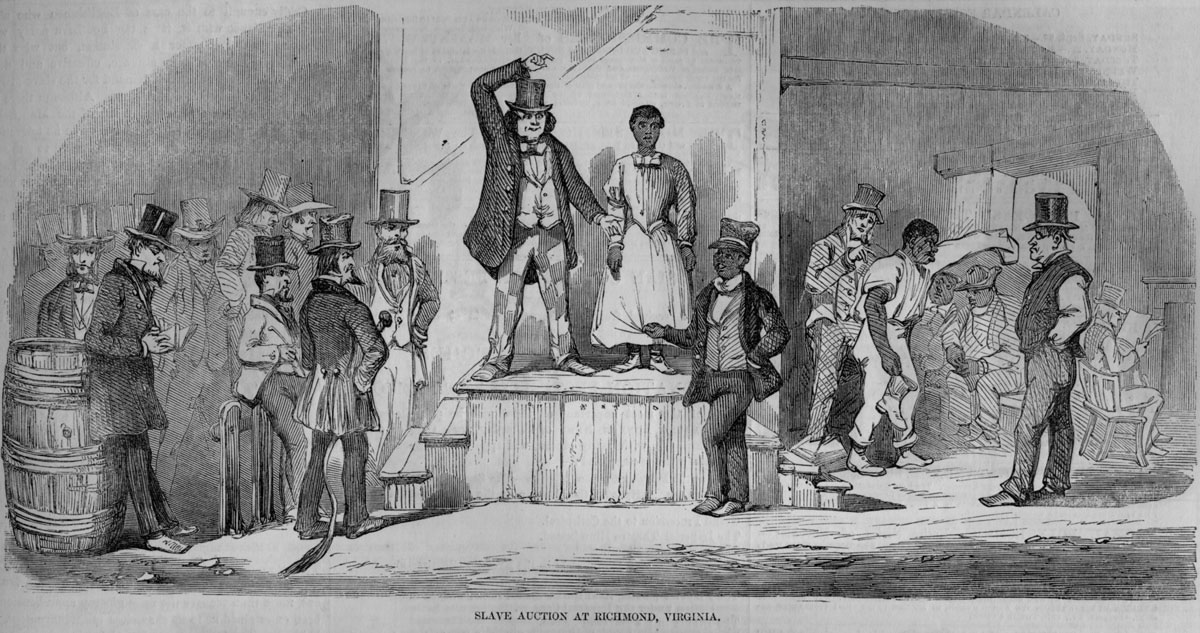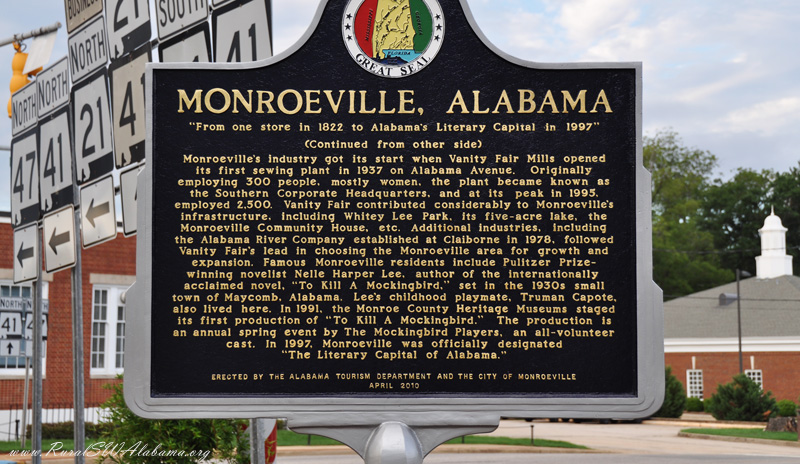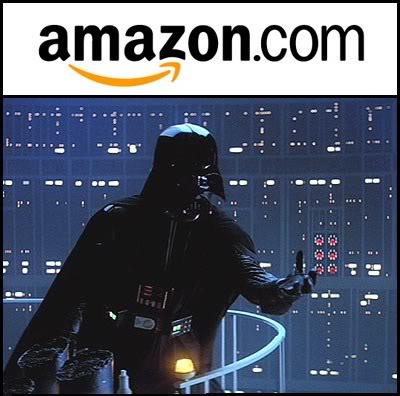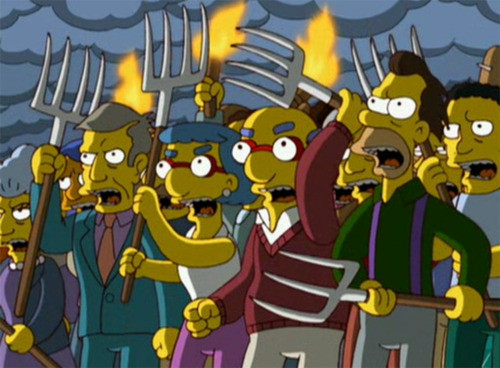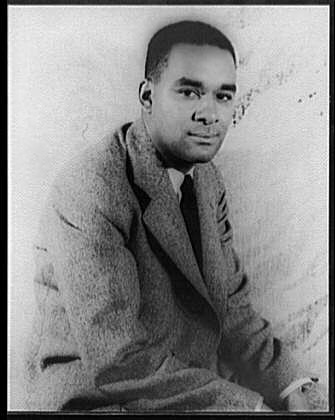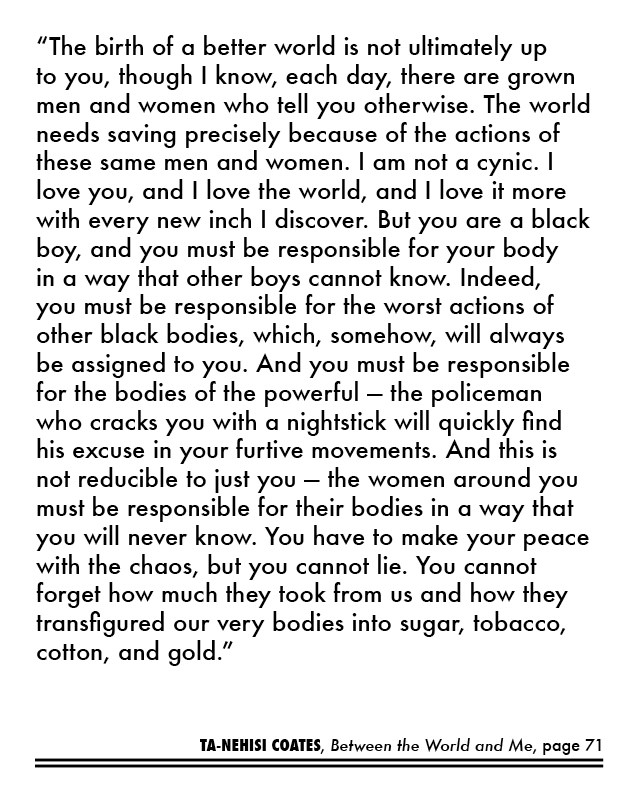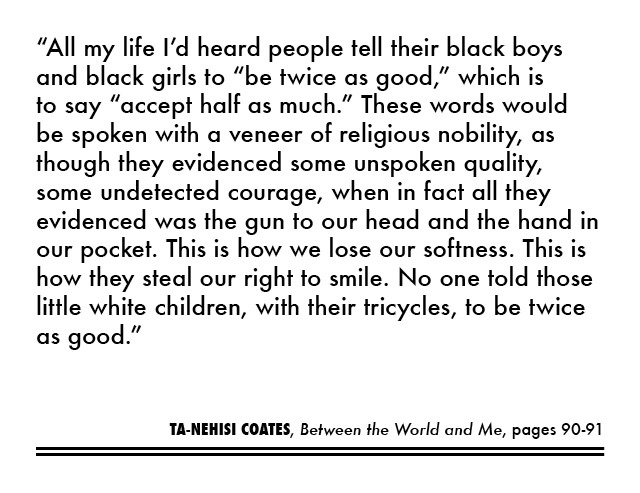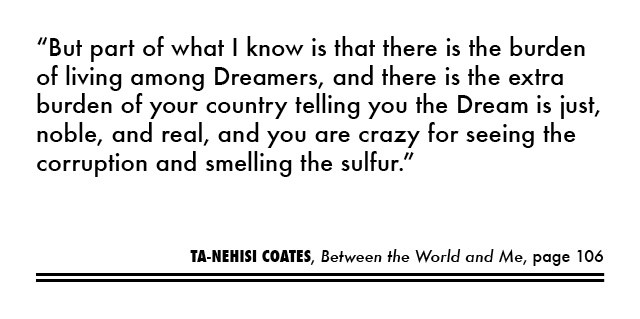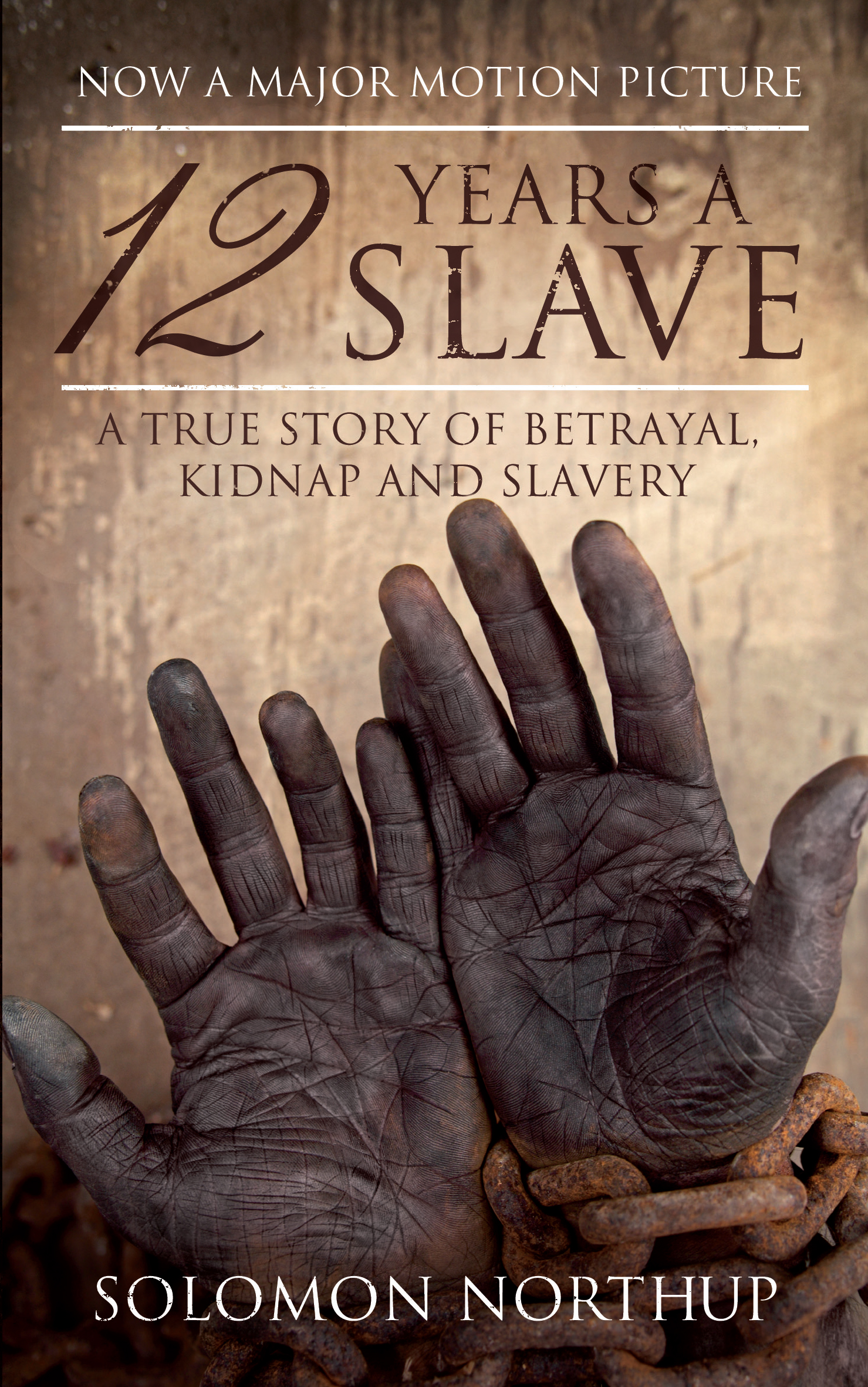The title implied that there were six, but it felt like more...
At least the authors were thorough, giving not only the details of the spies themselves but of the people who worked with and around them. In George Washington's Secret Six: The Spy Ring That Saved the American Revolution, Brian Kilmeade and Don Yaeger gave a detailed accounting of the actions of the New York "Culper" ring of spies, as well as the details of other related actions.
I confess I didn't know much about Benedict Arnold before reading this book, and this gave me a much clearer picture of who he was and why he did what he did. I also learned more about Nathan Hale, who is much honored in CT, though the way the authors tell it, he seemed like a poor choice for a spy who was destined to be caught.
Anyway, if you thought spying was all James Bond, this book puts those notions to rest. These great spies in American history were great precisely because they were relatively ordinary men (and one mystery woman) who lived pretty ordinary lives, except for the fact that they were sharing everything they took care to overhear with the revolutionaries at great expense to their personal safety.
Few people think of there being spies during "old" wars, but it was apparently common. In fact, I was surprised by how quickly the British spies confessed to spying, with the understanding that typically they would be returned in trade for someone from the other side. (That is how one famous British spy lost his life.) In fact, the British said they lost because they were outspied!
It was interesting to see how important intelligence was to America winning the war for independence, and while it was great to see so many excerpts from real letters, my only complaint was that sometimes these letters and profuse details slowed the "story" down. However, given that these were real people, this book does a great job providing a basis for its assumptions about their feelings at the time by supporting the narrative with such evidence. I also liked the epilogue, which elaborated on the theories of who the mystery female agent was since the original publication of the book.
So, if you are interested in the American Revolution, spying, historical research, or even how invisible ink came to be, then this is a great book for you.
Happy reading!



